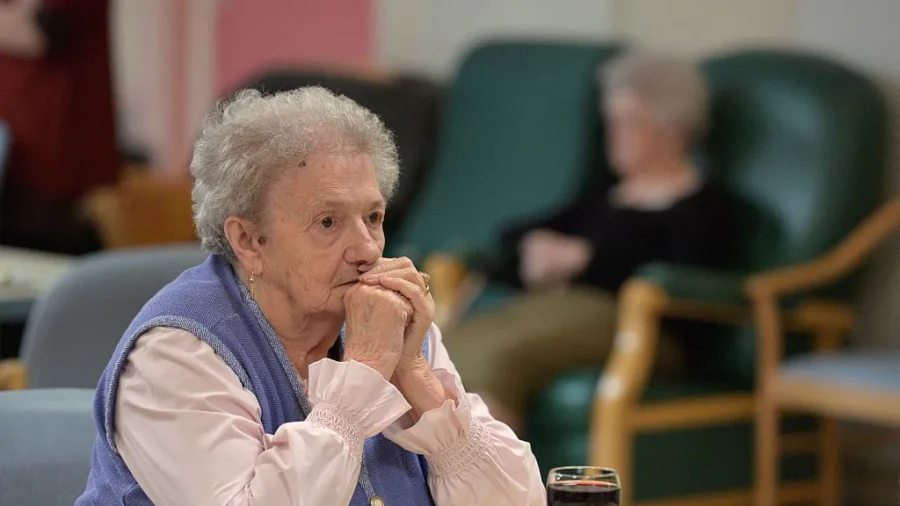A new study suggests that falls requiring an emergency room visit or hospitalization may be an early indicator of dementia in older adults.
Carried out by researchers at Brigham and Women’s Hospital in Boston, the study was published on Sept. 30 in the medical journal Jama Network Open. It used Medicare Fee-for-Service data for 2014 and 2015 to compile a dataset of almost 2.5 million older adult patients who had suffered a traumatic injury.
Researchers found that slightly more than half of the adults surveyed sustained their injury from a fall, with these patients then significantly more likely to be diagnosed with dementia within one year of their injury than those who reported an injury mechanism other than a fall.
“The relationship between falls and dementia appears to be a two-way street,” said senior author Molly Jarman, deputy director at the Center for Surgery and Public Health at the Brigham, in an Oct. 1 press release.
According to the data, of the adults who were injured in a fall, 10.6 percent of them were subsequently diagnosed with Alzheimer’s disease or related dementias, with falls also increasing the risk of future diagnosis by 21 percent.
According to Jarman, older adults are more likely to fall as their mental death declines.
“Cognitive decline can increase the likelihood of falls, but trauma from those falls may also accelerate dementia’s progression and make a diagnosis more likely down the line,” Jarman said.
The researchers recommend implementing cognitive screenings for older patients who experience injurious falls if they require a visit to the ER or inpatient treatment.
Dr. Alexander J. Ordoobadi, the study’s lead author and a resident physician at the Department of Surgery at Brigham and Women’s Hospital, said one issue is that such screenings could be difficult to implement. “One of the biggest challenges we face is the lack of ownership in the process of follow-up screening for cognitive impairment, because there may not be adequate time for these screenings in an emergency department or trauma center setting,” he said.
More than 14 million older adults in the United States—or one in four—report falls each year, according to the Centers for Disease Control and Prevention (CDC). Falls are the leading cause of injury among older adults, often resulting in long-lasting or permanent consequences, according to the CDC.
The study highlights the importance of follow-up care with primary care providers or geriatricians who can monitor cognitive health and long-term functional recovery after an injury. However, many older adults lack access to regular primary care or geriatric specialists.
“Ideally, after an injury, older adults should receive follow-up care with a primary care provider or geriatrician who can monitor their cognitive health and long-term functional recovery after the injury,” Ordoobadi said, “but many older adults don’t have a regular primary care provider and lack access to a geriatrician.”
The research underscores the need for more clinicians capable of providing comprehensive care for older adults when they fall, like cognitive assessments.
“Our study highlights the opportunity to intervene early and the need for more clinicians who can provide comprehensive care for older adults,” Jarman said.
“If we can establish that falls serve as early indicators of dementia, we could identify other precursors and early events that we could intervene on, which would significantly improve our approach to managing cognitive health in older adults.”
As people age, the need to implement strategies for fall prevention and maintenance of cognitive health also increases. The CDC reports that falls can result in serious injuries such as broken bones or head trauma, leading to declines in functional status, loss of independence, and increased risk of death.

